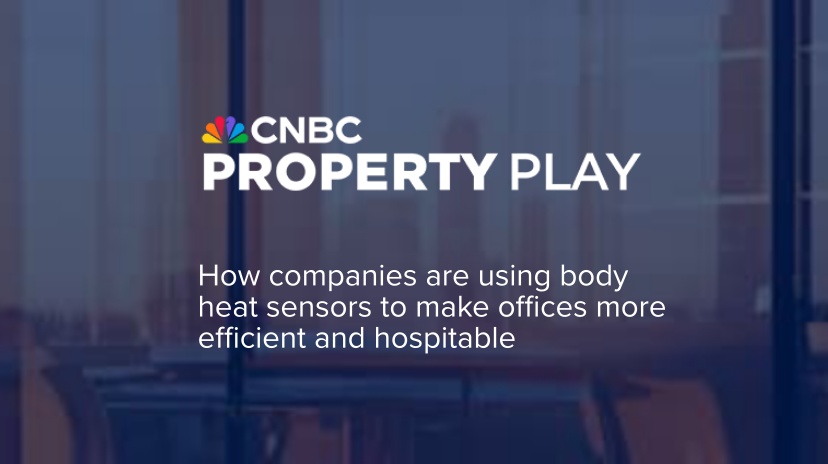How Butlr pivoted to fight COVID-19
Excerpt from World Economic Forum, in collaboration with TechCrunch.
By using passive infrared sensors to detect only body heat, the sensors don’t know who you are — only where you are and where you’re heading. The tracking stops as soon as you leave the sensor’s range, like when you leave a store.
The technology is in high demand. Butlr says it’s delivering its technology to some 200,000 retail stores, not least because it’s far cheaper than the more privacy-invading — and expensive — alternatives, like surveillance cameras and facial recognition.
But when the pandemic hit, most of those stores closed — as effectively did entire cities and nations — to counter the ongoing threat from of COVID-19. But those stores would have to open again, and so Butlr got back to work.
Butlr’s co-founder Honghao Deng told TechCrunch that it began retooling its technology to help support stores opening again.
The company quickly rolled out new software features — like maximum occupancy and queue management — to help stores with sensors already installed cope with the new but ever-changing laws and guidance that businesses had to comply with.
Deng said that the sensors can make sure no more than the allowed number of people can be in a store at once, and make sure that staff are protected from customers by helping to enforce social distancing rules. Customers can also see live queue data to help them pick a less-crowded time to shop, said Deng.
All these things before a pandemic might have sounded, frankly, a little dull. Fast-forward to the middle of a pandemic and you’re probably thankful for all the help — and the technology — you can get.



.svg)
.svg)





.png)

